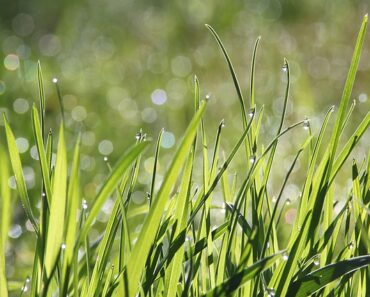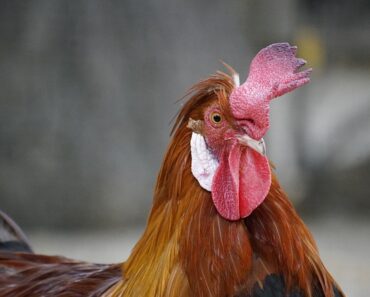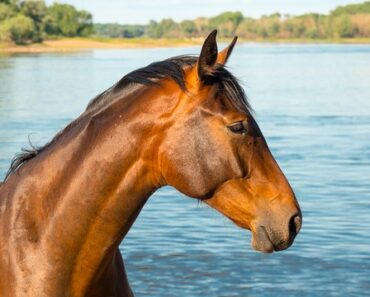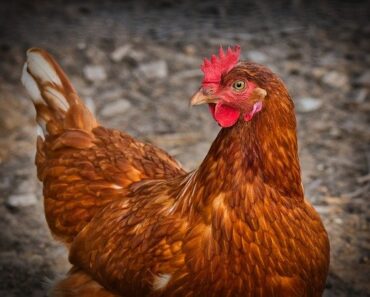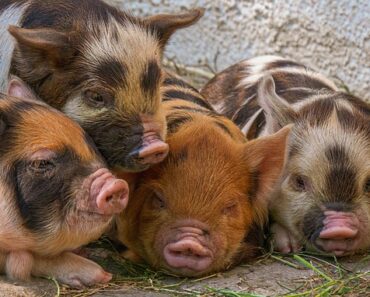
In the summer, especially during the heat wave, the cows also suffer from the heat. Indeed, as soon as the outside temperature exceeds 20°C, their body temperature rises and their bodies make great efforts to adapt. This is called heat stress and can even be fatal. But to avoid heat stroke as well as a drop in milk production, there are a few tricks to put in place!
1. Multiply the shadow zones
When it’s really hot, the safest thing to do is to leave the cows in the barn while leaving the doors open so they can come and go as they please. This way, at the slightest heat stroke, they can come inside for shelter.
Similarly, when grazing, it is necessary to provide several areas of shade. Indeed, if there is only one shelter, the cows are likely to cling to it. This could increase the heat effect.
In addition, it is necessary to protect the calves in the herd from the heat of the sun by insulating them in individual calf boxes. This will prevent the spread of possible diseases while limiting temperature differences.
2. Feeding them in the evening
During ruminal digestion, cows provide energy. To avoid too great a loss of energy during the day, it is therefore best to feed them early in the morning and late in the evening, around 8 p.m. Most of the daily ration, about 60%, should be distributed in the evening.
It is also good to know that heat tends to cause a slight loss of appetite in cows. Indeed, they can eat up to 30% less than normal.
3. Give water at will
Typically, a dairy cow drinks 70 to 100 liters of water per day. But in hot weather, she drinks twice as much and can consume up to 200 liters of water daily. And for good reason, she needs to compensate for the loss of water caused by sweating and breathing.
To encourage cows to drink, it is therefore necessary that they have access to clean water throughout the day. If necessary, it may also be appropriate to add water troughs.
4. Refreshing them
There are several tips to help cows better withstand the heat and lower their internal temperature:
Install fans throughout the barn.
Water the pen and cows with a hose.
Install giant foggers to wet the cattle.
5. Knowing how to recognize the symptoms of heatstroke
When temperatures are high, cows are not safe from heat stroke and death. For this reason, it is important to know how to spot the different signs of heatstroke in order to be able to react immediately.
Generally, it can be observed that the respiratory frequency increases, with breathing becoming gasping for breath. The cow also appears to be down and no longer walks upright. In this case, it is urgent to cool it down.
Similarly, if a cow’s rectal temperature reaches 40°C, it is a sign that she may suffer from heat stroke at any time.

